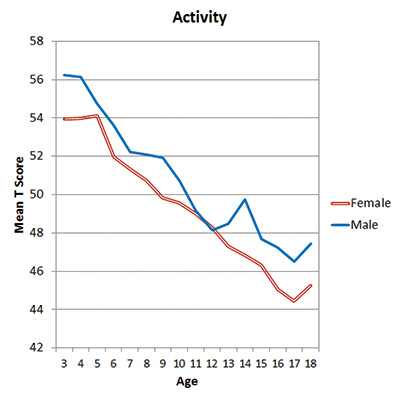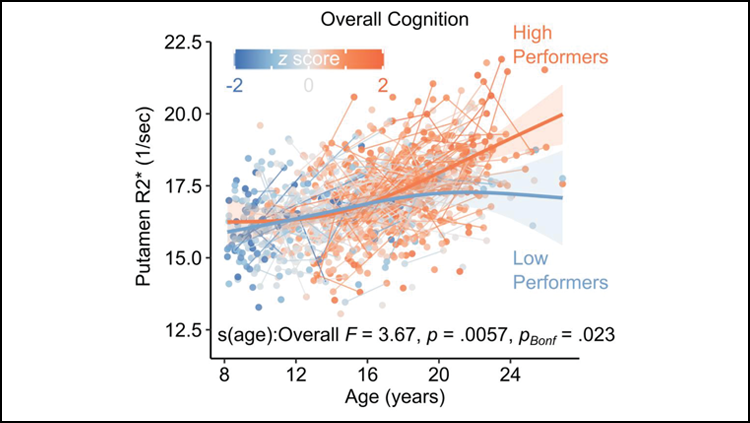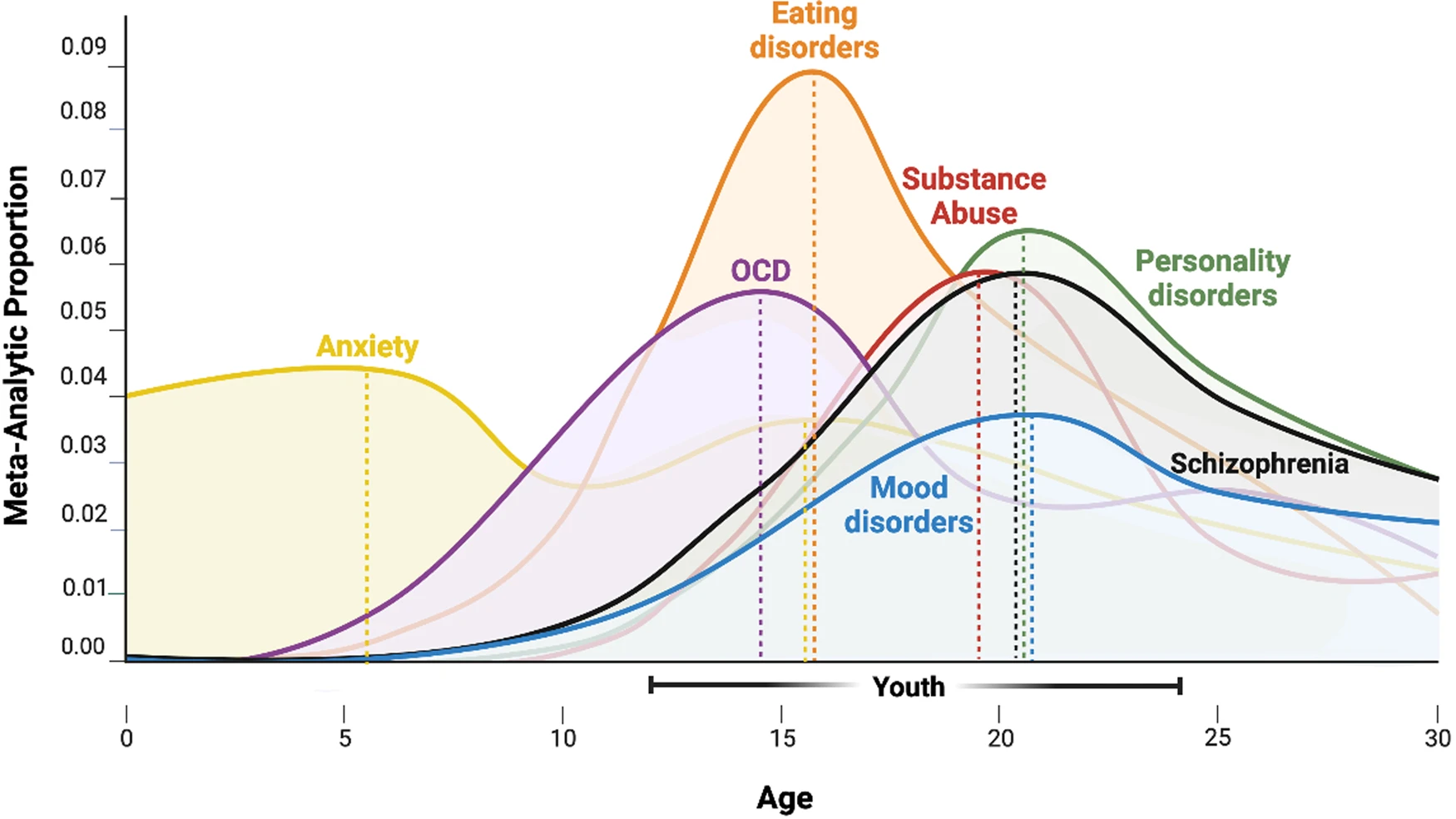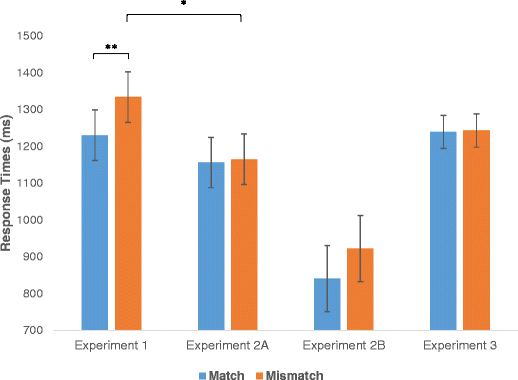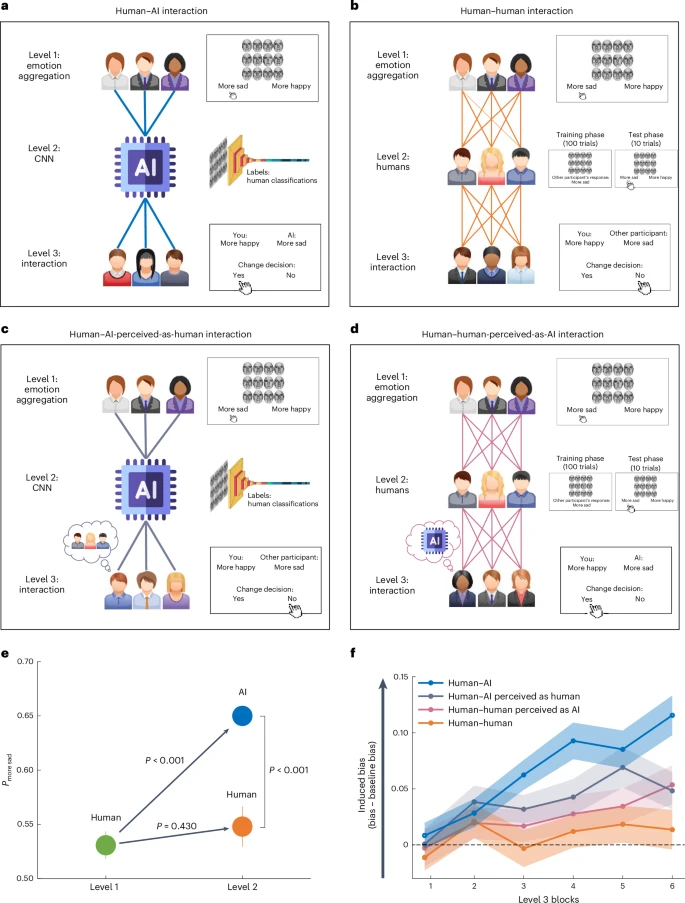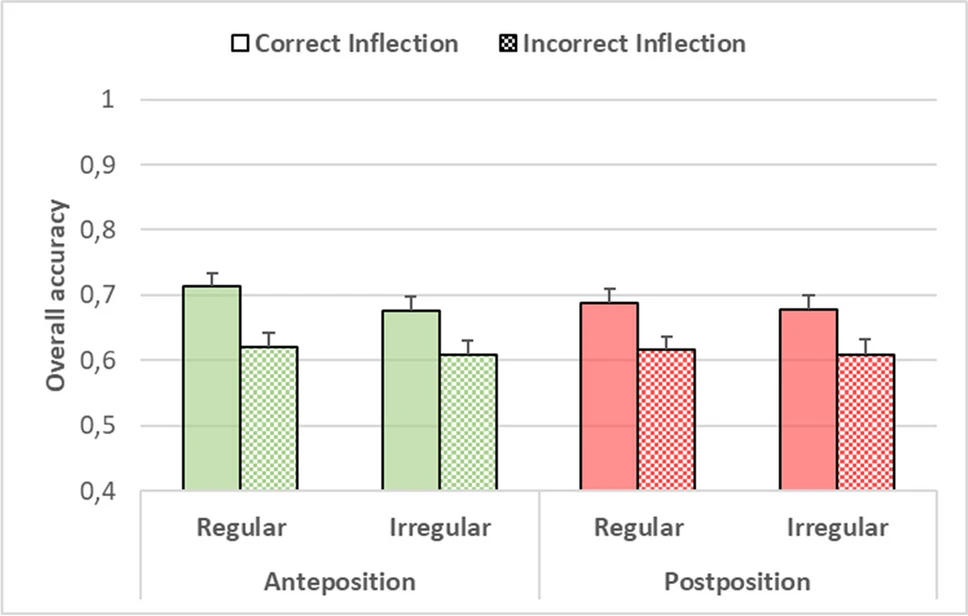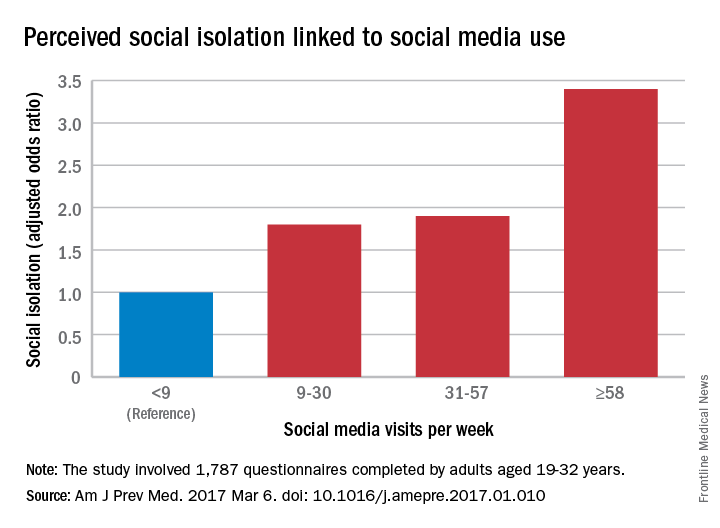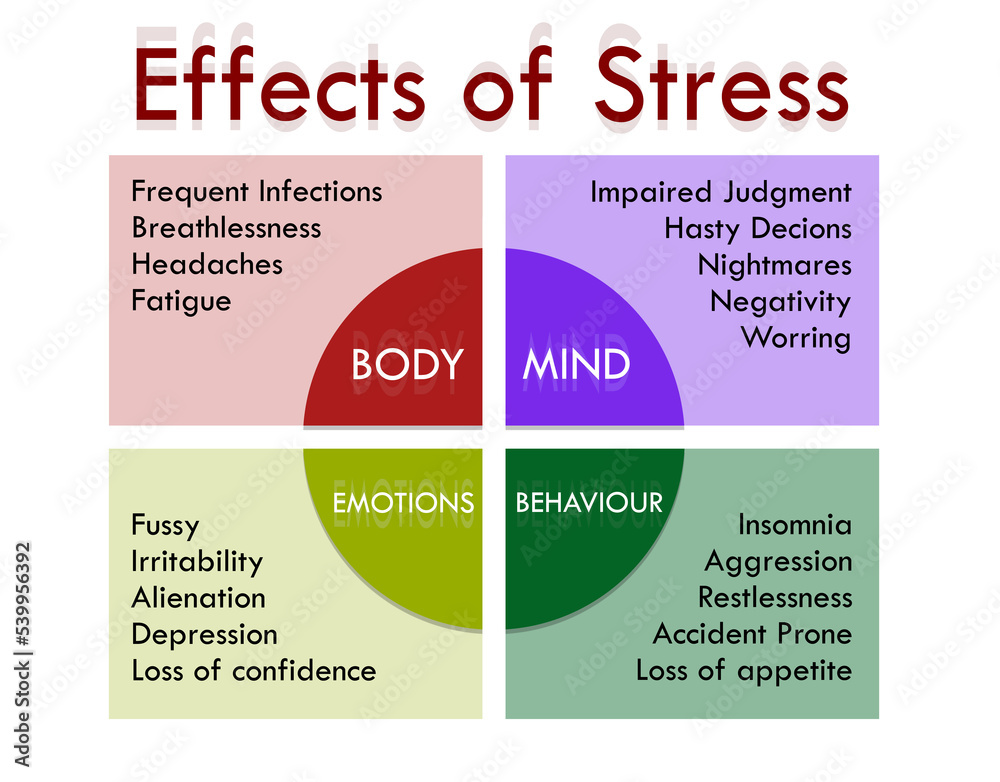It’s vital to be very careful when creating and sharing code like this that involves sensitive information like login credentials.
Gilmore likes to put credentials in an .Renviron file that lives in his home directory. This is a recommended practice. On Mac OS and Linux, that’s ~/.Renviron. You can use the usethis::edit_r_profile() command at the R console (not the Terminal) to open your own .Renviron file. In Gilmore’s case, he has added the following line to that file:
GMAIL_SURVEY="<my-google-account>"
Here, he has substituted his Google account with credentials/access to the required files for <my-google-account>. Then, when the R code below calls Sys.getenv("GMAIL_SURVEY"), the value of those credentials is returned as a text string.
Make sure to close and save the .Renviron file and restart your R session before testing this yourself.
